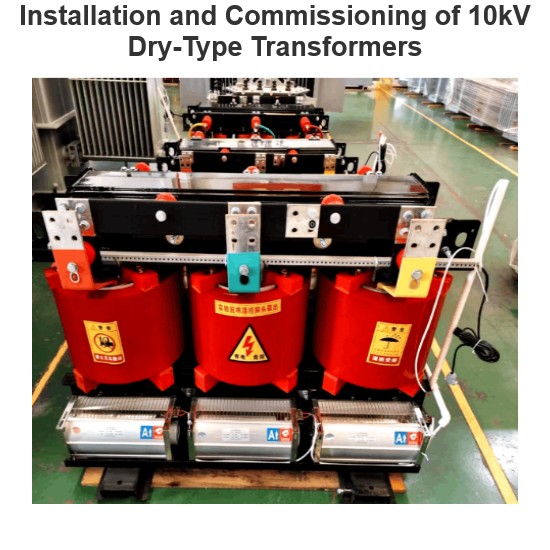Why is it not possible to use only one winding as both the primary and secondary in a transformer?
The primary reason why a single winding cannot be used as both the primary and secondary of a transformer lies in the fundamental principles of transformer operation and the requirements of electromagnetic induction. Here is a detailed explanation:
1. Electromagnetic Induction Principle
Transformers work based on Faraday's law of electromagnetic induction, which states that a changing magnetic flux through a closed loop induces an electromotive force (EMF) in that loop. Transformers utilize this principle by using an alternating current in the primary winding to produce a changing magnetic field. This changing magnetic field then induces an EMF in the secondary winding, thus achieving voltage transformation.
2. Need for Two Independent Windings
Primary Winding: The primary winding is connected to the power source and carries an alternating current, which produces a changing magnetic field.
Secondary Winding: The secondary winding is placed on the same core but is insulated from the primary winding. The changing magnetic field passes through the secondary winding, inducing an EMF according to Faraday's law, which generates a current.
3. Problems with a Single Winding
If a single winding is used as both the primary and secondary, the following issues arise:
Self-Inductance: In a single winding, the alternating current produces a changing magnetic field, which in turn induces a self-induced EMF in the same winding. The self-induced EMF opposes the change in current, effectively suppressing the current changes and preventing effective energy transfer.
No Isolation: One of the important functions of a transformer is to provide electrical isolation, separating the primary circuit from the secondary circuit. If there is only one winding, there is no electrical isolation between the primary and secondary circuits, which is unacceptable in many applications, especially those involving safety and different voltage levels.
Unable to Achieve Voltage Transformation: Transformers achieve voltage transformation by changing the turns ratio between the primary and secondary windings. With a single winding, it is impossible to change the turns ratio to achieve voltage stepping up or down.
4. Practical Issues
Current and Voltage Relationship: The turns ratio between the primary and secondary windings of a transformer determines the relationship between the voltages and currents. For example, if the primary winding has 100 turns and the secondary winding has 50 turns, the secondary voltage will be half of the primary voltage, and the secondary current will be twice the primary current. With a single winding, this relationship cannot be achieved.
Load Impact: In practical applications, the secondary winding of a transformer is connected to a load. If there is only one winding, changes in the load will directly affect the primary circuit, leading to system instability.
5. Special Cases
While transformers typically require two independent windings, there are special cases where an autotransformer can be used. An autotransformer uses a single winding with taps to achieve voltage transformation. However, an autotransformer does not provide electrical isolation and is used in specific applications where cost and size savings are important.
Summary
Transformers need two independent windings to achieve effective energy transfer, electrical isolation, and voltage transformation. A single winding cannot meet these basic requirements, and therefore, it cannot be used as both the primary and secondary of a transformer.
The Electricity Encyclopedia is dedicated to accelerating the dissemination and application of electricity knowledge and adding impetus to the development and innovation of the electricity industry.













